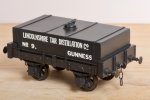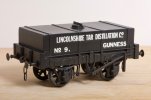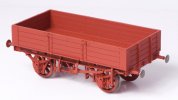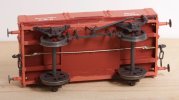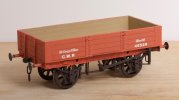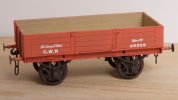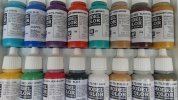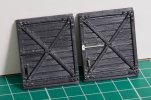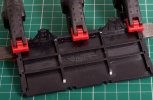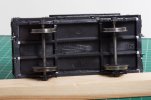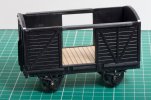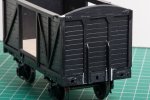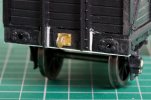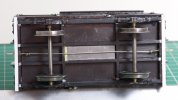Richard Gawler
Western Thunderer
Some kit instructions exasperate me. For the rectangular tank wagon I quote,
"The kit represents the 8, 10 or 12 ton versions"
How can this be true with no optional parts?
On the bright side, the transfers include a "12T" so I will guess the kit really builds a 12 ton wagon. Good - my wagon is smaller.
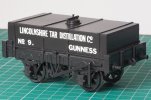
The transfers also include a "Yorkshire and Lincolnshire Tar company" of Gunness on Trent so I will imagine this firm began as a smaller operation, based in Lincolnshire.
This is the first time I have used Micro Sol as well as Micro Set. It is important to accept the instructions on the bottle and let the Micro Sol dry in its own time. An attempt to use compressed air lifted the transfer next door. And above all, do not touch the transfers with anything except a brush load of Micro-either. Definitely not a finger!
"The kit represents the 8, 10 or 12 ton versions"
How can this be true with no optional parts?
On the bright side, the transfers include a "12T" so I will guess the kit really builds a 12 ton wagon. Good - my wagon is smaller.

The transfers also include a "Yorkshire and Lincolnshire Tar company" of Gunness on Trent so I will imagine this firm began as a smaller operation, based in Lincolnshire.
This is the first time I have used Micro Sol as well as Micro Set. It is important to accept the instructions on the bottle and let the Micro Sol dry in its own time. An attempt to use compressed air lifted the transfer next door. And above all, do not touch the transfers with anything except a brush load of Micro-either. Definitely not a finger!
Last edited:

